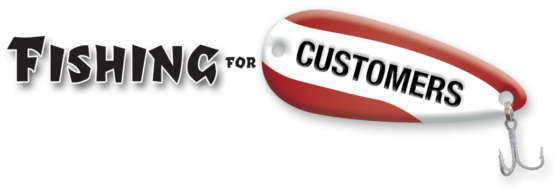In 1985 while living in Florida I paid $1,000 for a 1976 Buick Century Wagon.
The wagon was a bit older than I would have selected under other circumstances, but the previous owner had the most incredibly detailed maintenance records on the vehicle. I assumed (rightly) that he must have kept the car in remarkable working condition. Besides, it was the appropriate size to ferry all of the kids to their various commitments.
That car was one of the most dependable I’ve ever owned.
Two years later, when I accepted a job in California, the mother of my children said “This car is now eleven years old, and I don’t think I’d like to drive it across the country. Let’s sell it and buy a different car when we get there.”
Then she added “And I want to sell it.”
Like a number of first time advertisers, she called the local newspaper’s classified department. Discovering that every additional word cost her more, and trying to save money, she dictated “1976 Buick Century Wagon. Must see to believe. $500. Call (904) xxx-xxxx.”
Total cost? Fourteen dollars for ten days.
Days passed
More days.
No phone calls.
At the end of the first week, she asked “Do you think I need to drop the price? Would it sell at three hundred?”
I said “Let me see what I can do.”
I called the paper and changed the ad to: “Perfect second car for family with children. Clean, incredibly maintained 1976 Buick Century Wagon in perfect working order. Automatic transmission, cruise control, electric adjustable seats, electric windows, electric rear window, electric retractable antenna, air, AM/FM casette, new tires, good upholstery, headliner and carpet. Comfortably seats nine. Everything works. $1,000. By appointment at (904) xxx-xxxx.”
Total cost? $37 for the week.
We got exactly three calls the day the ad hit.
One buyer asked to come see the car immediately, and brought cash. He counted out the bills, I signed over the title, and called the paper to cancel the ad.
Two lessons
First, spending too little to do the job is the most expensive advertising that any of us will ever do.
As Charles Mortimer, former Chief Executive of General Foods said at a 1963 shareholders meeting, spending too little in advertising “is like buying a ticket three-quarters of the way to Europe. You’ve spent your money but you don’t arrive.”
Second lesson? Often, it ain’t the price. It’s the sell.
You see, every decision carries the risk of being the wrong decision.
As advertisers, our objective is to minimize the appearance of risk in purchasing our products or services.
Dropping price can reduce the risk, but it can also kill profitability.
Providing our prospective customer with enough reassurance that (s)he’s making the right decision also reduces the risk. Customers are willing to pay more when they’re sure they’re doing the right thing.
What can you do to minimize risk?
Can you do it without dropping price?
Better yet, can you aggressively raise your price, and do a better job of selling? Its not enough to catch ’em. You have to make ’em profitable when you’re fishing for customers.
Your Guide,
Chuck McKay
 Your Fishing for Customers guide, Chuck McKay, gets people to buy more of what you sell.
Your Fishing for Customers guide, Chuck McKay, gets people to buy more of what you sell.
Got questions about writing seducing headlines and emotional appeals? Call Chuck at 304-523-0163, or write ChuckMcKay@ChuckMcKayOnLine.com.



Reducing risk, not price? I like that! Steve Sorenson
So your well meaning wife reduced your profit by $14.00 plus added 14 days to your selling cycle. The greater cost was in the added time it took to sell the car. With the revised ad the car may have sold at $1200.00 with only a few more days added.
Sid Raisch